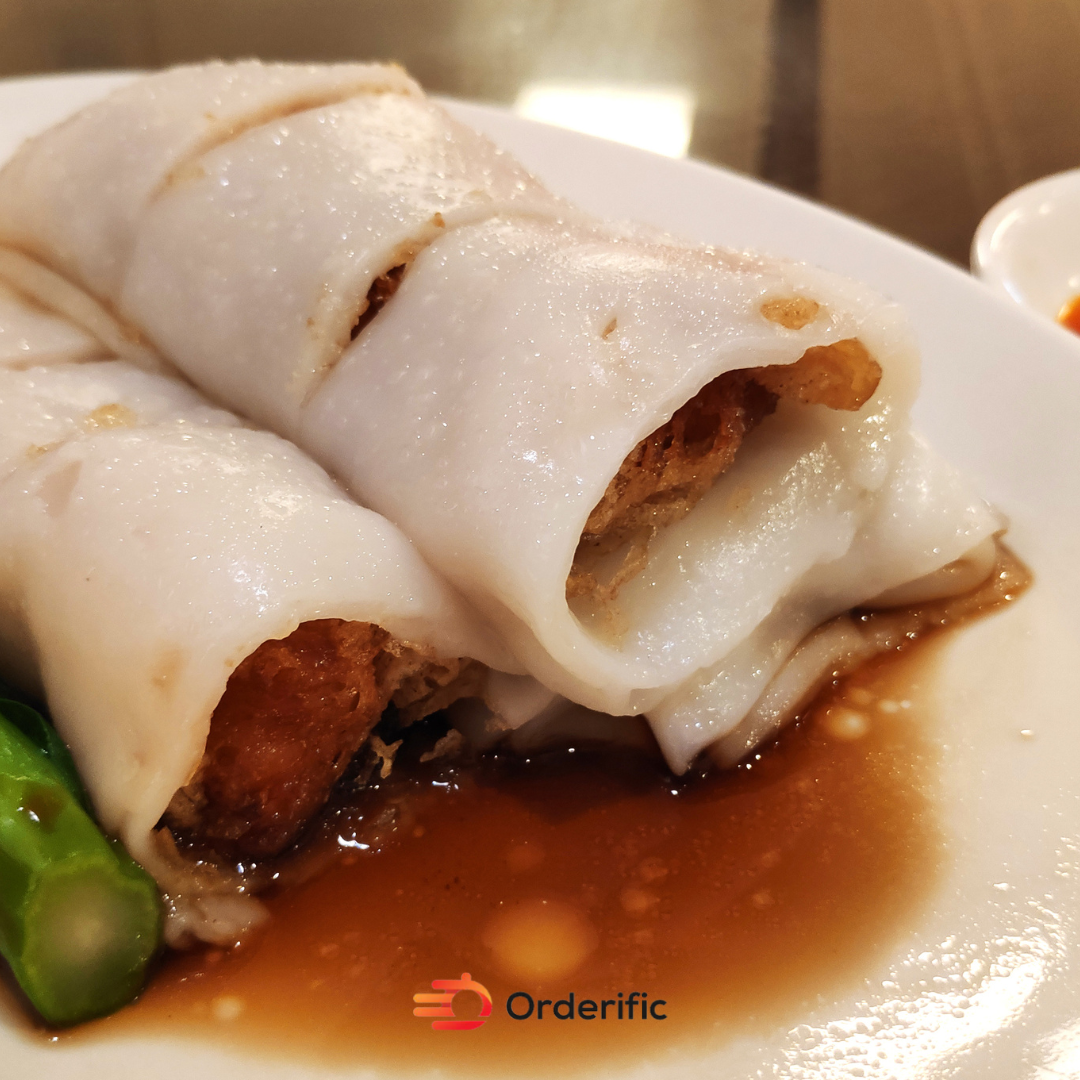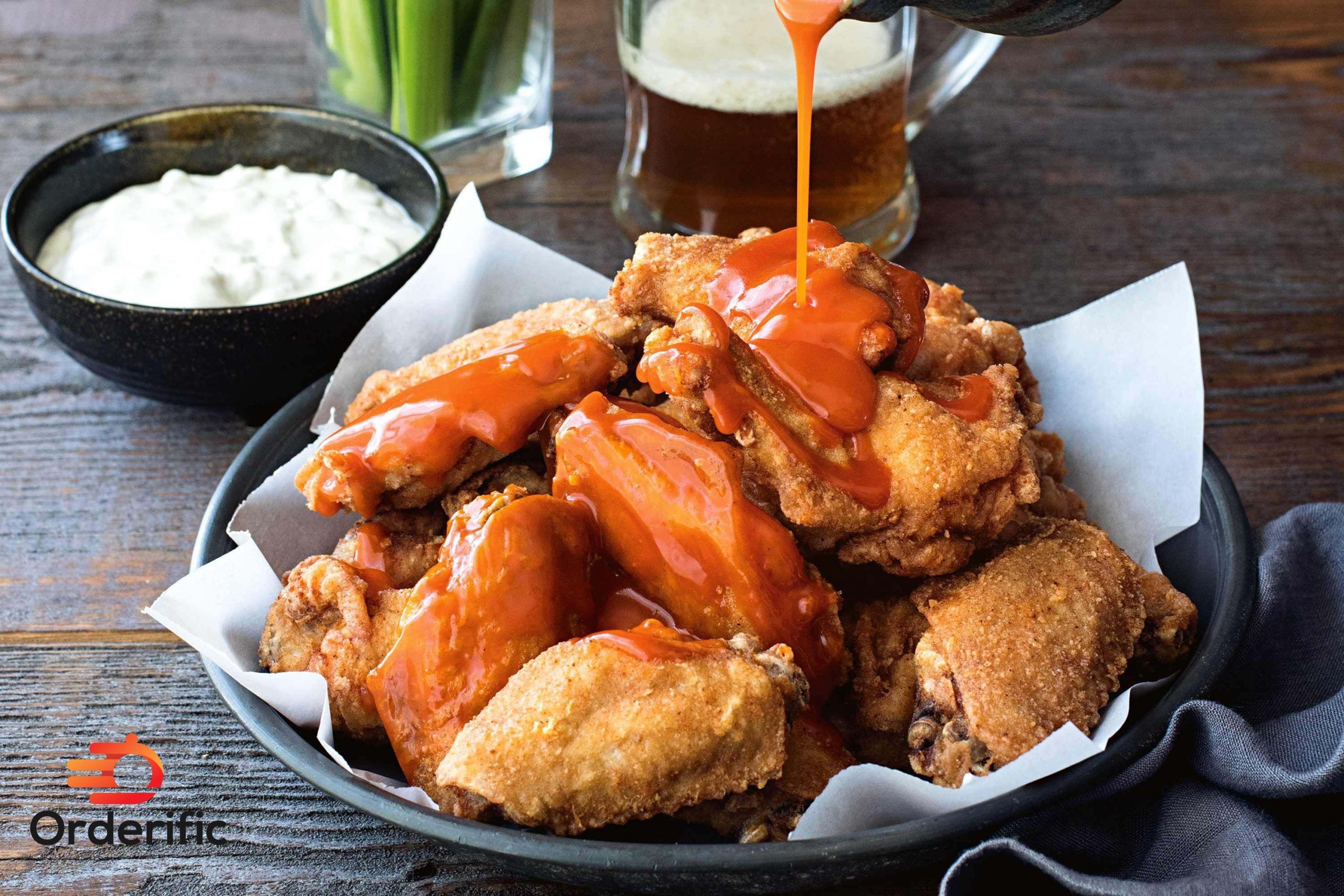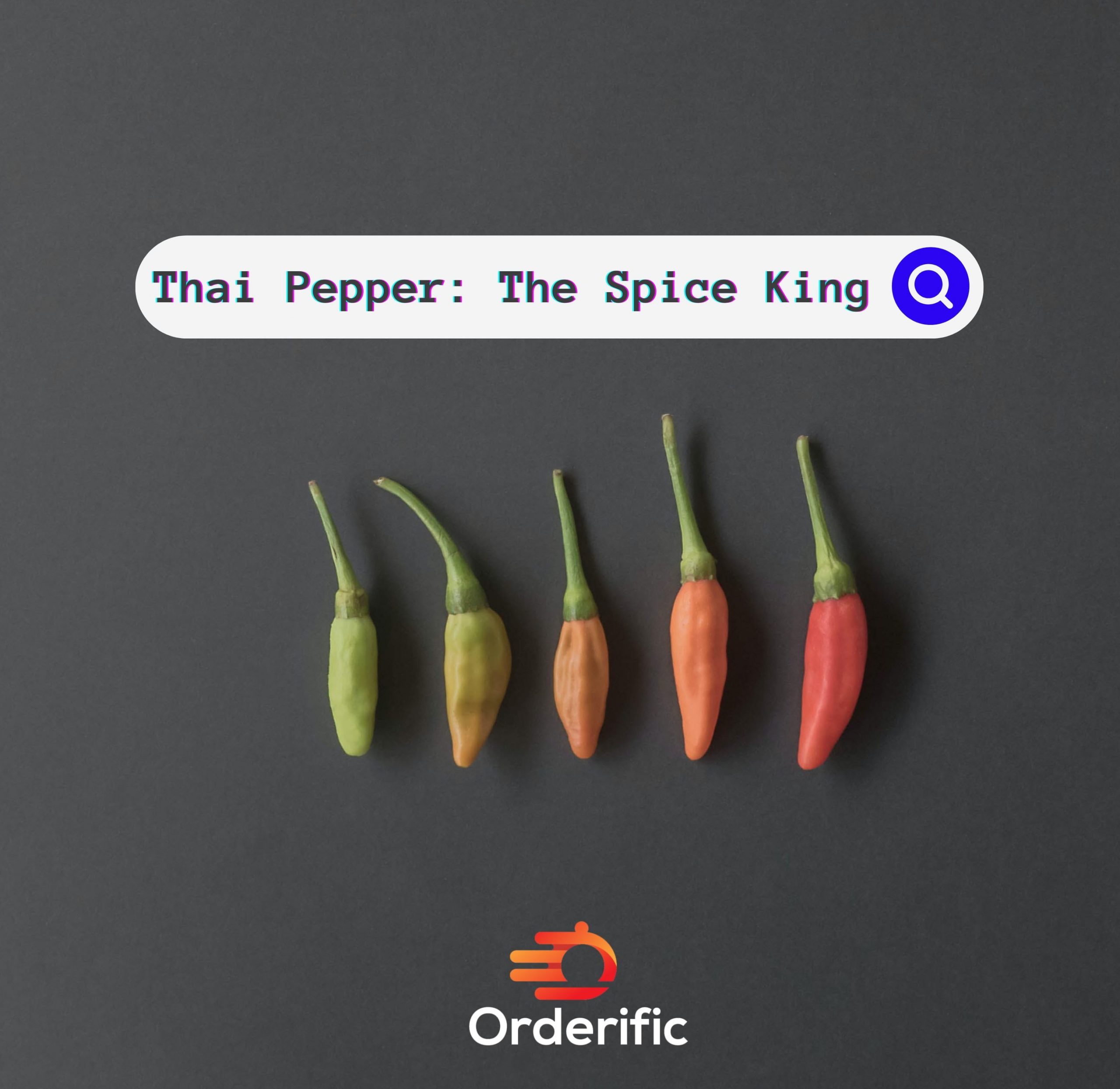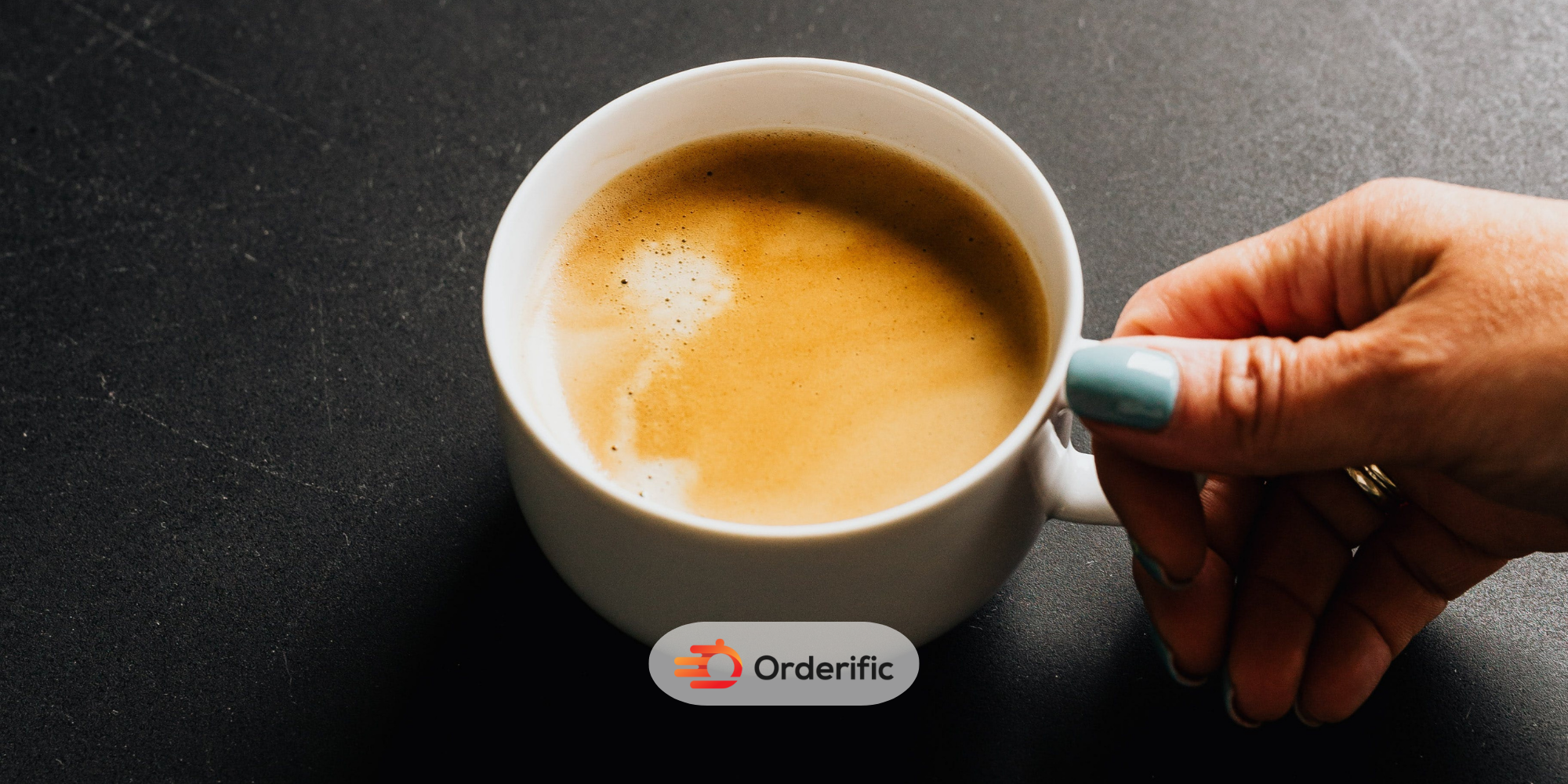Introduction
Welcome to the world of Cheung Fun or Steamed Rice Noodle Rolls, a classic Cantonese dish you can encounter in a traditional dim sum. These delicate, soft rice noodle rolls, often filled with succulent shrimp or char siu, are a joy to savor. The rice rolls are freshly steamed, using a thin rice batter often enriched with potato starch or wheat starch for that perfect texture. The art lies in creating the ideal rice noodle roll that balances softness and elasticity.
Steamed to perfection on a sheet pan, these noodle rolls come with a flavorful soy sauce or hoisin sauce. Optional toppings like fried shallots, sesame seeds, or scallions add a layer of taste and texture. Every bite of Cheung Fun celebrates flavors and textures, from the fragrant aroma of sesame oil to the sweet hint of peanut butter. Whether you prefer the classic shrimp Cheung Fun or the mouth-watering char siu variant, there’s a steamed rice noodle roll to suit every palate. So, let’s dive into the fascinating process of making these rolls, from the fresh rice noodles to the final steamed rice noodle rolls, lovingly brushed with sweet soy sauce and garnished with a sprinkle of sesame seeds.
What Is Cheung Fun?
Cheung Fun, also known as steamed rice noodle rolls, is a distinctive element of Cantonese cuisine. This dish features a unique rice noodle roll that is both soft and elastic, thanks to the clever use of wheat and potato starch in the rice batter. The batter typically includes tapioca starch and glutinous rice flour for a silky, slightly chewy texture. Once this batter is steamed on a sheet pan, it forms a delicate noodle sheet that’s then rolled with various fillings.
These fillings often feature char siu (barbecued pork) or dried shrimp, adding a savory depth to the dish. The noodle rolls are then seasoned with a blend of sauces like sweet soy sauce, hoisin sauce, and oyster sauce. A drizzle of sesame oil enhances the overall aroma, while dark soy sauce lends a richer color and flavor. To finish, the rolls are garnished with scallions or green onions, fried shallots, and a sprinkle of sesame seeds for an extra crunch.
Also known as shrimp Cheung Fun, this dish is a popular choice in dim sum menus. Whether served with peanut butter sauce or a simple soy sauce, every bite of these steamed rice noodle rolls embodies a delightful mix of textures and flavors.
What Does Cheung Fun Taste Like?
Cheung Fun offers a unique culinary experience, with its soft, delicate rice noodle rolls bursting with savory fillings. The taste is a perfect symphony of flavors, thanks to the blending of ingredients such as barbecued pork, dried shrimp, and an array of sauces – from sweet soy sauce to oyster sauce. The garnishing of scallions, fried shallots, and sesame seeds adds a crunchy dimension to the dish, further enhancing the overall dining experience. Whether you choose the shrimp variant or the char siu one, Cheung Fun promises to be an unforgettable journey for your taste buds.
The Best Flour For Rice Noodle Rolls
When it comes to creating the perfect Cheung Fun, choice of flour is paramount. For the soft and silky texture synonymous with rice noodle rolls, a combination of rice flour and corn starch is often used. Rice flour lends a distinct flavor, while corn starch adds elasticity and a glossy sheen. Some chefs also incorporate tapioca starch or wheat starch to enhance the texture further. Ultimately, the choice of flour depends on the desired balance between softness, elasticity, and chewiness in your homemade Cheung Fun.
How To Make Rice Noodle Rolls (Or Rice Noodles!)
Creating homemade Cheung Fun or rice noodle rolls begins with making the rice noodles. To prepare the rice noodle batter, you primarily use rice flour and corn starch, spreading it thinly on a sheet pan. Then, you steam the sheet until the noodles are cooked and have a soft, glossy finish. After that, you fill the freshly steamed noodle sheets with ingredients like char siu or shrimp, roll them up, and serve them drenched in a flavorful sauce. Garnishing with sesame seeds and scallions adds a final touch of texture and flavor.
Do I Need A Special Rice Roll Maker?
You may wonder if special equipment is necessary to make Cheung Fun. While a dedicated rice roll steamer can ensure consistent results, you can also use a regular steaming setup at home. A flat-bottomed baking pan can serve as a good substitute for the professional rice roll tray. The key element is maintaining steady steam and ensuring the batter is thinly spread for that perfect, delicate noodle sheet. With some practice, you’ll be able to enjoy delicious homemade Cheung Fun in no time.
How To Store Cheung Fun
Storing Cheung Fun properly is essential to maintain its taste and texture. Consume these rice noodle rolls fresh for the best experience, but you can refrigerate them in an airtight container for up to two days if needed. To reheat, use a steamer or microwave, ensuring you don’t overcook to prevent them from becoming tough. Bear in mind, the texture may change slightly after refrigeration, so it’s always best to enjoy Cheung Fun fresh when possible.
How To Eat Cheung Fun
You can relish Cheung Fun in numerous ways, enjoying their soft and elastic rice noodle rolls. Typically, diners consume them with chopsticks, savoring every bite along with the accompanying sauces. Pair them with other Cantonese delicacies as part of a traditional dim sum brunch Whether you prefer dipping them in additional sauce or eating them straight, the rich, savory flavors of Cheung Fun promise a captivating culinary adventure.
How To Make Fresh Ho Fun
Making fresh Ho Fun, a wider form of rice noodle, is a rewarding process similar to Cheung Fun. The batter for Ho Fun comprises rice flour and corn starch, offering a delicate texture. After steaming the batter, we cut it into thin sheets, which present a different mouthfeel compared to the rolled noodle variant. Enjoy Ho Fun in soups, stir-fries, or with a flavorful sauce, appreciating the subtle, comforting taste of homemade rice noodles.
Conclusion
In conclusion, Cheung Fun or steamed rice noodle rolls represent a fascinating aspect of Cantonese cuisine. Reflecting the subtleties of ingredients, technique, and flavor that characterize this culinary tradition. From the specific choice of flours to the artful balance of sauces and fillings. Every facet of this dish tells a story. Whether you prefer the classic shrimp Cheung Fun or the mouth-watering char siu variant.
These delicate noodle rolls offer a unique gastronomic experience. As you embark on the rewarding journey of making your own Cheung Fun. Remember to experiment, enjoy the process. And most importantly, savor the soft layers and rich, savory flavors that these noodle rolls bring to your palate. If you’re a restaurateur looking to feature this delightful dish on your menu. Let’s make it easier for your customers to savor it. Book a demo with Orderific today and explore how we can streamline your online ordering process.
FAQs
What is Cheung Fun, and what are the main ingredients used in its preparation?
Cheung Fun is a Cantonese dish of steamed rice noodle rolls. The main ingredients are rice flour, corn starch, and fillings, topped with flavorful sauces.
Can you provide insights into the traditional methods and techniques involved in making Cheung Fun?
To make Traditional Cheung Fun, steam a thin batter of rice flour and corn starch, add fillings, roll it up, and serve with sauces.
Are there variations of Cheung Fun available with different fillings or toppings, and what are some popular options?
Yes, popular variations include fillings like shrimp, barbecued pork, and toppings like scallions or sesame seeds.
Can you recommend some accompanying sauces or condiments that complement the flavors of Cheung Fun?
Cheung Fun pairs well with soy sauce, hoisin sauce, and peanut butter sauce.













